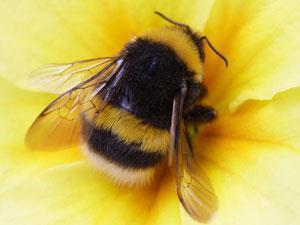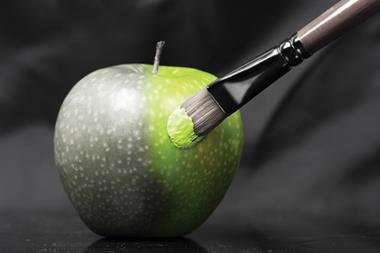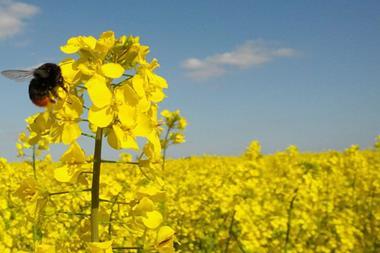What makes food sweet? How do we protect against food alteration? New e-paper, and possible treatment for ebola
0.45 – As the five-year anniversary of the worst oil spill in US history passes, many important questions remain unanswered. The ecological damage caused by the spill is still being quantified and the effects of the widespread use of dispersants are still hotly debated. But despite the vast amount of oil spilled into the Gulf of Mexico, there are hopeful signs that the region’s ecosystem is bouncing back from the disaster. – Emerging from Deepwater

3.51 – Bees may be doomed to consume nectar contaminated with neonicotinoid pesticides, according to new behavioural studies carried out by UK researchers. In contrast to previous research, behavioural studies suggested the insects do not avoid feeding on neonicotinoid-treated plants, and may even be choosing to do so, ingesting far higher amounts of the pesticides than most toxicity studies account for. – Bees ‘prefer’ neonicotinoid-laced nectar
6.08 – Food chemist Gabriella Morini from the University of Gastronomic Sciences in Pollenzo, Italy explains how we perceive sweetness and bitterness in food, and how this sense can be affected. – Natural non-caloric sweeteners
12.09 – Silicon and oxygen have been harnessed into previously unknown chemistry by US researchers, opening up a new ‘world in a grain of sand’. From soluble disilicon molecules they previously showed helper compounds could stabilise, Gregory Robinson’s team at the University of Georgia have isolated elusive small silicon oxide molecules. ‘Utilizing this carbene-stabilisation strategy, molecular silicon oxide moieties are synthetically approachable,’ says Robinson. – Longer-lived oxides offer silicon synthesis boost
14.12 – Chemists in the US have turned received wisdom on its head by using floppy, linear polymers to construct a rigid, crystalline, three-dimensional metal–organic framework (MOF). The finding opens the way to the evolution of a new class of polymer–MOF hybrid materials that can exploit the chemical and physical versatility of the polymer component to introduce new properties into the structure. – Floppy polymer defies convention to form rigid framework
16.55 – Liz Moran of Public Analyst Scientific Services in Norwich, explains how we combat adulteration of food. She discusses the horse meat scandal, and adulteration of baby milk in China – Fighting food fraud UK
22.44 – The first laboratory trial demonstrating the effectiveness of an experimental drug against the strain of Ebola currently ravaging West Africa has been performed in rhesus monkeys. The treatment is a modified version of a drug developed against an earlier strain of Ebola. The researchers say that, as the modifications necessary to alter the drug are relatively straightforward, the treatment could be adapted quickly for use against future strains of the virus. – SiRNA treatment cures Ebola in monkeys
25.12 – For decades it was one of the most popular children’s toys: an erasable screen on which you can draw or write with a magnetic pen. Now the idea behind the Magna Doodle has been given a new lease of life by scientists in Japan, who have created an electronic-paper version that could be used as a large interactive display for classrooms. – E-paper display draws on child’s toy










No comments yet